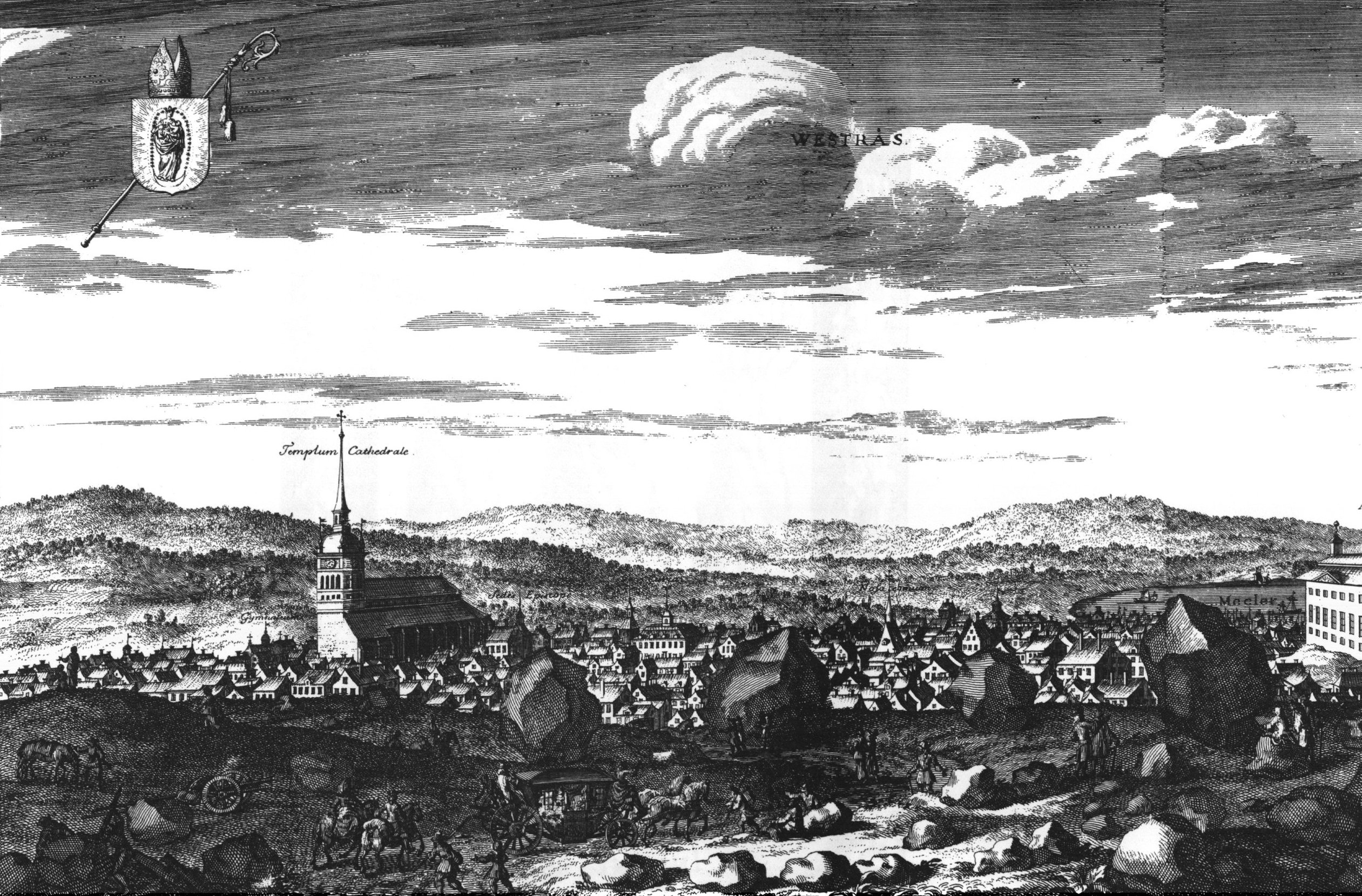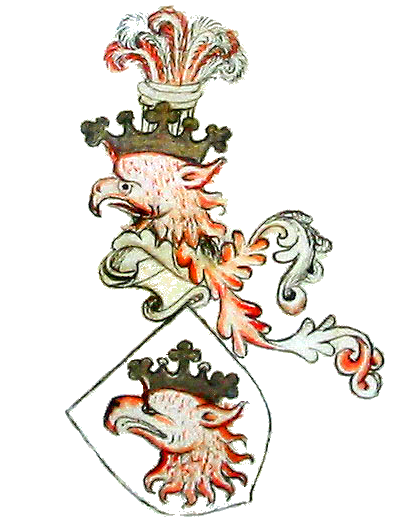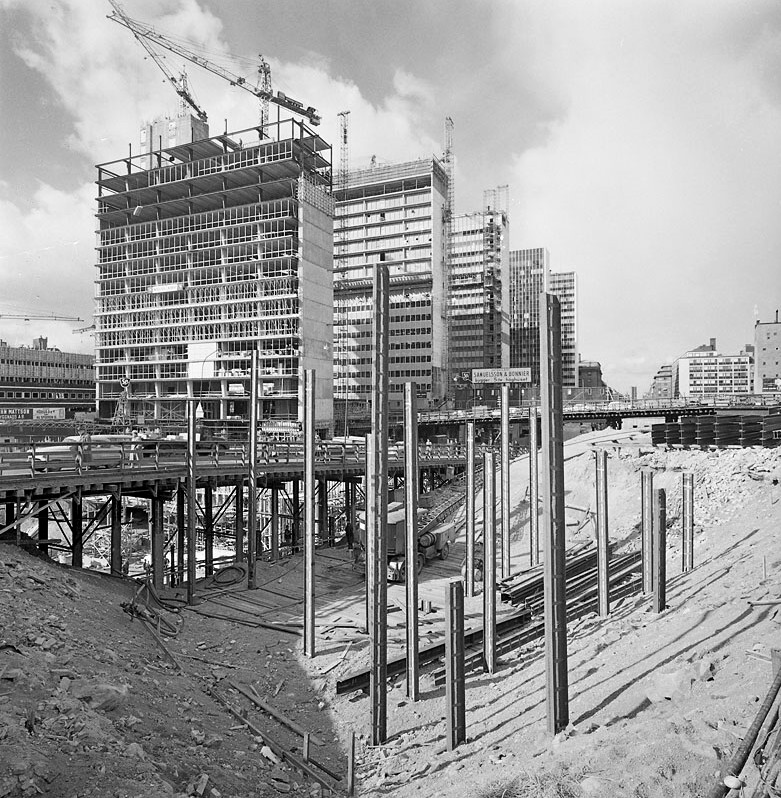|
Italian-Swedish
Italian Swedes ( it, italo-svedesi; sv, Svenskitalienare) are Swedish-born citizens who are fully or partially of Italian descent, whose ancestors were Italians who emigrated to Sweden during the Italian diaspora, or Italian-born people in Sweden. Italian community As of 2018, there are 8,126 people born in Italy living in Sweden, as well as 10,961 people born in Sweden with at least one parent born in Italy. History Italian immigration to Sweden has had several reasons, the most important of which is immigration for work and began in numbers during the second half of the 1940s, but could be traced back as early as the 16th century. Among the Italians who moved to Sweden in the 16th century, is the nobleman Antonio de Palm. Italian plasterers spread to Sweden in the 17th century, and performed ornamental plaster and stucco work on buildings that required artistic decoration. After the architectural transition to the Baroque and Rococo, the interest in the plasterers' decoratio ... [...More Info...] [...Related Items...] OR: [Wikipedia] [Google] [Baidu] |
Stockholm
Stockholm () is the Capital city, capital and List of urban areas in Sweden by population, largest city of Sweden as well as the List of urban areas in the Nordic countries, largest urban area in Scandinavia. Approximately 980,000 people live in the Stockholm Municipality, municipality, with 1.6 million in the Stockholm urban area, urban area, and 2.4 million in the Metropolitan Stockholm, metropolitan area. The city stretches across fourteen islands where Mälaren, Lake Mälaren flows into the Baltic Sea. Outside the city to the east, and along the coast, is the island chain of the Stockholm archipelago. The area has been settled since the Stone Age, in the 6th millennium BC, and was founded as a city in 1252 by Swedish statesman Birger Jarl. It is also the county seat of Stockholm County. For several hundred years, Stockholm was the capital of Finland as well (), which then was a part of Sweden. The population of the municipality of Stockholm is expected to reach o ... [...More Info...] [...Related Items...] OR: [Wikipedia] [Google] [Baidu] |
Italians Of Crimea
Crimean Italians are an ethnic minority residing in Crimea. History Italians have populated some areas of Ukraine and Crimea since the time of the Roman Empire, but also during the era of the Republic of Genoa and the Republic of Venice. Some sources affirm that at the end of the 18th century, 10% of the population of Odessa was Italian. In 1783, 25,000 Italians immigrated to Crimea, which had been recently annexed by the Russian Empire. In 1830 and in 1870, two distinct migrations arrived in Kerch from the cities of Trani, Bisceglie and Molfetta. These migrants were peasants and sailors, attracted by the job opportunities in the local Crimean seaports and by the possibility to cultivate the nearly unexploited and fertile Crimean lands. Italian general and patriot Giuseppe Garibaldi worked as a sailor at least twice in the region of Odessa, between 1825 and 1833. A later wave of Italians came at the beginning of 20th century, invited by Imperial Russian authorities to develop agri ... [...More Info...] [...Related Items...] OR: [Wikipedia] [Google] [Baidu] |
Västerås
Västerås ( , , ) is a city in central Sweden on the shore of Mälaren, Lake Mälaren in the province of Västmanland, west of Stockholm. The city had a population of 127,799 at the end of 2019, out of the municipal total of 154,049. Västerås is the seat of Västerås Municipality, the capital of Västmanland County and an episcopal see. History Västerås is one of the oldest cities in Sweden and Northern Europe. The name originates from ''Västra Aros'' (West Aros), which refers to the river mouth of Svartån. The area has been populated since the Nordic Viking Age, before 1000 CE. In the beginning of the 11th century it was the second largest city in Sweden, and by the 12th century had become the seat of the bishop. Anundshög is located just outside the City of Västerås. Anundshög is Sweden's largest burial mound. "Hög" is derived from the Old Norse word ''haugr'' meaning mound or barrow. It was built about 500 CE and is over wide and is almost high. In the ensu ... [...More Info...] [...Related Items...] OR: [Wikipedia] [Google] [Baidu] |
ASEA
''Allmänna Svenska Elektriska Aktiebolaget'' (English translation: General Swedish Electrical Limited Company; Swedish abbreviation: ASEA) was a Swedish industrial company. History ASEA was founded in 1883 by Ludvig Fredholm in Västerås as a manufacturer of electrical light and generators. After merging with Wenström's & Granström's Electrical Power Company (''Wenströms & Granströms Elektriska Kraftbolag'') the name was changed to ''Allmänna Svenska Elektriska Aktiebolaget'', literally the "General Swedish Electrical Limited Company", or a ''ASEA'' for short. In 1987, it announced a merger with the Swiss company Brown, Boveri & Cie (BBC) to form ABB Group. ABB Group began operations in 1988. After this merger, ABB Group acquired several companies, including the power transmission and distribution operations of the Westinghouse Electric Corporation and the Combustion Engineering Group. *1889 - the partner Jonas Wenström creates 3-phased generators, motors and transfor ... [...More Info...] [...Related Items...] OR: [Wikipedia] [Google] [Baidu] |
Malmö
Malmö (, ; da, Malmø ) is the largest city in the Swedish county (län) of Scania (Skåne). It is the third-largest city in Sweden, after Stockholm and Gothenburg, and the sixth-largest city in the Nordic region, with a municipal population of 350,647 in 2021. The Malmö Metropolitan Region is home to over 700,000 people, and the Øresund Region, which includes Malmö and Copenhagen, is home to 4 million people. Malmö was one of the earliest and most industrialised towns in Scandinavia, but it struggled to adapt to post-industrialism. Since the 2000 completion of the Öresund Bridge, Malmö has undergone a major transformation, producing new architectural developments, supporting new biotech and IT companies, and attracting students through Malmö University and other higher education facilities. Over time, Malmö's demographics have changed and by the turn of the 2020s almost half the municipal population had a foreign background. The city contains many histori ... [...More Info...] [...Related Items...] OR: [Wikipedia] [Google] [Baidu] |
Saab Kockums
Saab Kockums AB is a shipyard headquartered in Malmö, Sweden, owned by the Swedish defence company Saab Group. Saab Kockums AB is further operational in Muskö, Docksta, and Karlskrona. While having a history of civil vessel construction, Kockums' most renowned activity is the fabrication of military corvettes and submarines. Kockums worked with Northrop Grumman and Howaldtswerke-Deutsche Werft (HDW) to offer a ''Visby''-class corvette derivative in the American Focused Mission Vessel Study, a precursor to the Littoral Combat Ship program. It competed with several other concepts, including Norway's Skjold class (part of a Raytheon led group). History Kockums during the 19th century During the 1820:s the Kockums family established themselves as businesspeople in Malmö. Frans Henrik Kockum built a large fortune through an investment in tobacco production. Thanks to this he was able to purchase a large part of land 1838 south of Malmö, and between 1840 and 1841 he erecte ... [...More Info...] [...Related Items...] OR: [Wikipedia] [Google] [Baidu] |
World War II
World War II or the Second World War, often abbreviated as WWII or WW2, was a world war that lasted from 1939 to 1945. It involved the vast majority of the world's countries—including all of the great powers—forming two opposing military alliances: the Allies and the Axis powers. World War II was a total war that directly involved more than 100 million personnel from more than 30 countries. The major participants in the war threw their entire economic, industrial, and scientific capabilities behind the war effort, blurring the distinction between civilian and military resources. Aircraft played a major role in the conflict, enabling the strategic bombing of population centres and deploying the only two nuclear weapons ever used in war. World War II was by far the deadliest conflict in human history; it resulted in 70 to 85 million fatalities, mostly among civilians. Tens of millions died due to genocides (including the Holocaust), starvation, ma ... [...More Info...] [...Related Items...] OR: [Wikipedia] [Google] [Baidu] |
Record Years
The record years ( sv, Rekordåren) is a period in the economy of Sweden, dating from the international post–World War II economic expansion to the 1973 oil crisis, and largely coinciding with the mandates of prime ministers Tage Erlander and earliest years of Olof Palme. The concept was originally a satirical left-wing description of the years 1968–70. Sweden had maintained neutrality during both world wars, and entered the post-war boom with industrial and demographic advantages. Sweden also received aid from the Marshall Plan. Between 1947 and 1974, the Swedish economy grew at an average rate of 12.5% annually. The urban population, living in towns of over 15,000 people, grew from 38% of the total population in 1931 to 74% by 1973. Sustained by an export boom of automobiles, heavy machinery, electronics, shipbuilding, and heavy weapons, the per capita income increased by as much as 2,000%. Sweden had successfully moved into the high-income group of countries by 1955–56. S ... [...More Info...] [...Related Items...] OR: [Wikipedia] [Google] [Baidu] |
Rococo
Rococo (, also ), less commonly Roccoco or Late Baroque, is an exceptionally ornamental and theatrical style of architecture, art and decoration which combines asymmetry, scrolling curves, gilding, white and pastel colours, sculpted moulding, and ''trompe-l'œil'' frescoes to create surprise and the illusion of motion and drama. It is often described as the final expression of the Baroque movement. The Rococo style began in France in the 1730s as a reaction against the more formal and geometric Louis XIV style. It was known as the "style Rocaille", or "Rocaille style". It soon spread to other parts of Europe, particularly northern Italy, Austria, southern Germany, Central Europe and Russia. It also came to influence the other arts, particularly sculpture, furniture, silverware, glassware, painting, music, and theatre. Although originally a secular style primarily used for interiors of private residences, the Rococo had a spiritual aspect to it which led to its widespread use in ... [...More Info...] [...Related Items...] OR: [Wikipedia] [Google] [Baidu] |
Baroque
The Baroque (, ; ) is a style of architecture, music, dance, painting, sculpture, poetry, and other arts that flourished in Europe from the early 17th century until the 1750s. In the territories of the Spanish and Portuguese empires including the Iberian Peninsula it continued, together with new styles, until the first decade of the 19th century. It followed Renaissance art and Mannerism and preceded the Rococo (in the past often referred to as "late Baroque") and Neoclassical styles. It was encouraged by the Catholic Church as a means to counter the simplicity and austerity of Protestant architecture, art, and music, though Lutheran Baroque art developed in parts of Europe as well. The Baroque style used contrast, movement, exuberant detail, deep colour, grandeur, and surprise to achieve a sense of awe. The style began at the start of the 17th century in Rome, then spread rapidly to France, northern Italy, Spain, and Portugal, then to Austria, southern Germany, and Russia. B ... [...More Info...] [...Related Items...] OR: [Wikipedia] [Google] [Baidu] |
Italian Diaspora
, image = Map of the Italian Diaspora in the World.svg , image_caption = Map of the Italian diaspora in the world , population = worldwide , popplace = Brazil, Argentina, United States, France, Colombia, Canada, Peru, Uruguay, Australia, Venezuela, Germany, Switzerland, United Kingdom, Belgium, Chile and Paraguay , langs = Italian, other languages of Italy, English, French, Spanish, Portuguese and German , rels = Christianity (predominantly Catholicism) , related = Other Romance peoples The Italian diaspora is the large-scale emigration of Italians from Italy. There were two major Italian diasporas in Italian history. The first diaspora began around 1880, two decades after the Unification of Italy, and ended in the 1920s to the early 1940s with the rise of Fascist Italy.Pozzetta, George E., Bruno Ramirez, and Robert F. Harney. The Italian Diaspora: Migration across the Globe. Toronto: Multicultural History Soci ... [...More Info...] [...Related Items...] OR: [Wikipedia] [Google] [Baidu] |








